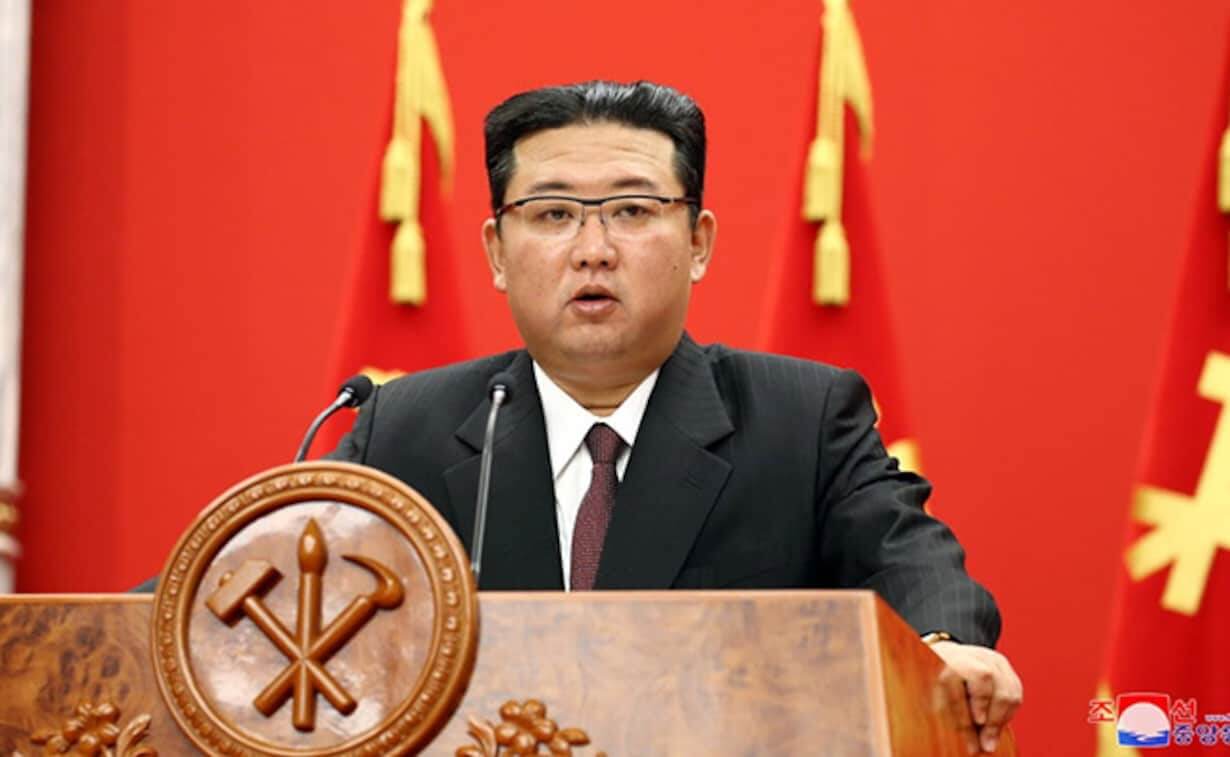North Korea tested another ballistic missile on Wednesday, further raising tensions on the Korean Peninsula after carrying out its 14th weapons test this year. Meanwhile, Western intelligence have once again suggested that a nuclear test could be imminent after spotting the construction of new tunnels.
South Korea’s Joint Chiefs of Staff said in a statement that the missile was fired from near Pyongyang and flew into waters off North Korea’s eastern coast. It added that the South Korean military is monitoring possible additional weapons launches by North Korea.
Japan, whose Defence Ministry also detected the launch, said the missile is estimated to have flown at a maximum altitude of about 800 kilometres over a distance of about 500 kilometres before falling into the sea outside of Japan’s Exclusive Economic Zone. The Japanese Coast Guard instructed vessels travelling off Japan’s coast to keep their distance from any possible fragments.
In addition, Japan’s government has also set up an emergency task force to deal with the missile launch and noted that Prime Minister (PM) Fumio Kishida, who is currently in Italy, instructed officials to do their utmost in an emergency situation and ensure the safety of the people, vessels, and aircraft around Japan.
North Korea launched a ballistic missile towards the Sea of Japan moments ago.
— Aircraft Spots (@AircraftSpots) May 4, 2022
USAF RC-135S 62-4128 SPOOF39 watched and collected data from the launch while over the Sea of Japan. pic.twitter.com/6rt4Szr9ia
This was Pyongyang’s first launch since its military parade late on April 25, during which Supreme Leader Kim Jong-un vowed to “continue to take steps to strengthen and develop” the country’s nuclear capabilities “at the highest possible speed.” The latest launch comes less than a week before the incoming conservative South Korean president Yoon Suk-yeol takes office for a single five-year term on May 10. In his victory speech at the National Assembly in March, Yoon said that he would firmly deal with North Korea but leave space for the resumption of the stalled inter-Korean dialogue. Yoon has also proposed making economic aid to North Korea conditional upon its progress toward denuclearisation.
The president-elect has also spoken of the need for a stronger security commitment by the United States (US) to deter North Korean aggression. Furthermore, he has expressed his readiness to launch preemptive strikes on the North if it displays an intent to attack.
In fact, Western intelligence officials have speculated that the secretive regime is preparing to conduct a nuclear weapons test for the first time in over four years. Fox News, for example, has claimed that US spy satellites have spotted new tunnels being bored, possibly to make way for a seventh nuclear test in North Korea’s history.
Furthermore, recent commercial satellite imagery shows signs of new construction and repair work being carried out at Punggye-ri, North Korea’s nuclear testing site. It is the first known construction at the site since it was shut down in 2018.
Punggye-ri is North Korea’s only known nuclear test site. Between 2006 to 2017, the site helped conduct six nuclear weapons tests. However, it has remained shut since North Korea declared a self-imposed moratorium on nuclear weapons tests in 2018.
At the time, Pyongyang had announced that it was closing off testing tunnels at the site with explosions, blocking its entrances, and getting rid of all observation facilities, research buildings, and security posts. It also invited foreign media to observe the demolition.
Overturning this promise, leader Kim Jong Un has since said that he no longer feels obligated to be bound by that moratorium, as denuclearisation talks remain stalled. Moreover, it has even outright warned South Korea to be prepared for a nuclear attack.
These developments have significantly raised tensions on the peninsula. In fact, the situation prompted a visit by China’s atomic envoy to meet his South Korean counterpart in Seoul on Tuesday. The diplomats described the situation as “severe.”
North Korea's missile test comes less than a week before South Korea's next president is inaugurated.
— Korea Pro (@southkoreapro) May 4, 2022
Amid anticipation of a possible 7th nuclear test, Yoon could start his presidency with a heavy national security intray. https://t.co/jgQ9CMTCbq
Since the onset of this year, North Korea has tested missiles with increasing frequency, including testing the hypersonic Hwasong-17 intercontinental ballistic missile (ICBM). In January alone, the country launched six ballistic missiles and one cruise missile.
Observers opine that North Korea’s unusually fast pace in weapons testing this year is designed to achieve its dual goal of advancing its missile programs and increasing deterrence and applying pressure on Washington over suspended nuclear negotiations. Experts have speculated that Kim aims to leverage his expanded arsenal to gain international recognition of North Korea as a nuclear state, which he believes would help force the US to ease international economic sanctions on the country.

